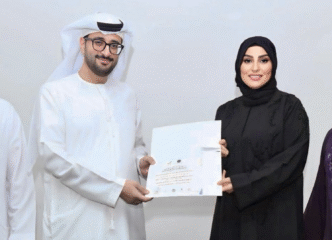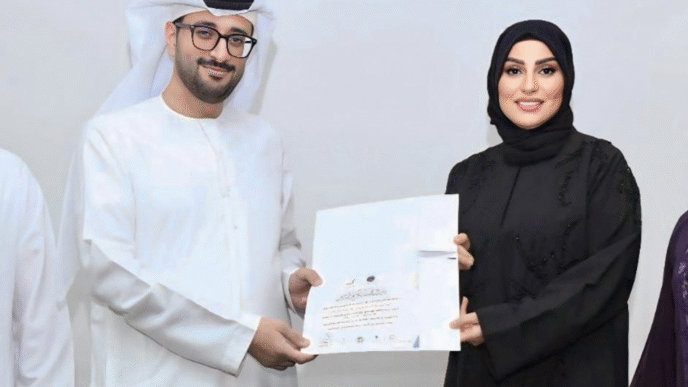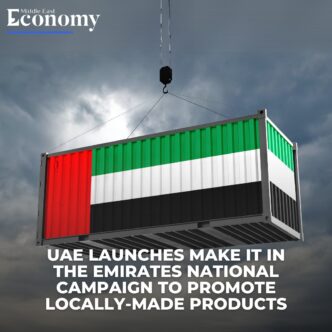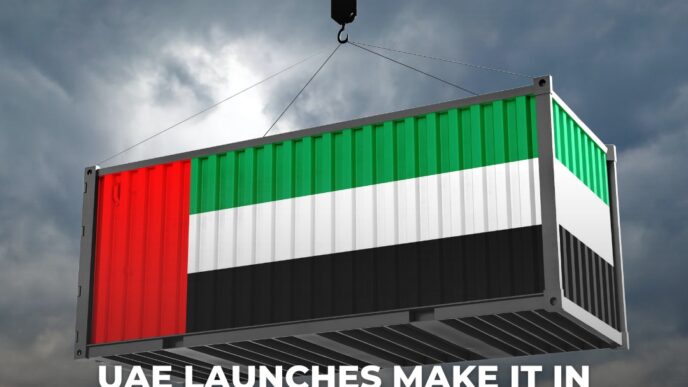Saudi Arabia has positioned itself as a global leader in climate action with the introduction of its Circular Carbon Economy (CCE) Framework, a strategic initiative that integrates emission reduction, carbon capture, and renewable energy investment. Launched during the Kingdom’s presidency of the G20 in 2020, the CCE framework has garnered worldwide attention as a comprehensive, sustainable, and cost-effective solution to addressing climate change while safeguarding energy security.
The Kingdom’s ambitious national agenda aims to achieve net-zero emissions by 2060, backed by its Circular Carbon Economy National Program introduced in 2021. This program’s core approach revolves around a 4R strategy: reduce, reuse, recycle, and remove. This sustainable model seeks to manage and reduce carbon emissions by integrating carbon capture technologies, utilizing CO2 in industrial processes, and expanding green energy solutions.
As Jorge Gascon, a chemical engineering professor at King Abdullah University of Science and Technology (KAUST), explains, the framework aligns with the Kingdom’s broader sustainability goals and offers new pathways for mitigating climate change while bolstering economic growth. Saudi Arabia has made strategic decisions, including investing in renewable energy, advancing carbon capture initiatives, and preserving natural carbon sinks, that demonstrate its commitment to reducing emissions on a global scale.
The Saudi Green Initiative (SGI), as part of the Kingdom’s broader sustainability vision, is driving the transition to a green economy. With a goal of sourcing 50% of its energy from renewable sources, the Kingdom is making significant strides in reimagining its energy mix. Moreover, it aims to restore and sustainably manage 1 billion hectares of degraded land by 2040, which underscores the importance of nature-based solutions in mitigating climate change.
A major milestone in Saudi Arabia’s sustainability agenda is NEOM, a city of the future that serves as a living laboratory for CCE principles. The city is pioneering zero-carbon infrastructure, smart energy systems, and net-zero mobility solutions, setting the stage for future urban development.
Majed Al-Qatari, a sustainability leader, notes that the CCE framework has catalyzed bold initiatives such as the National Renewable Energy Program and the Saudi Green Initiative, both of which contribute directly to emissions reductions and sustainable energy investments. NEOM, in particular, is positioned as a real-world testing ground for deploying smart technologies and green innovations on a large scale.
Looking ahead, Al-Qatari highlights the Kingdom’s role in advancing regional cooperation for carbon management, with a focus on blue and green hydrogen projects. These developments are set to further establish Saudi Arabia as a global hub for sustainable energy solutions, offering an inclusive and technologically neutral pathway to achieving climate goals.
As Saudi Arabia continues to strengthen its Circular Carbon Economy strategy, it serves as an exemplar for other hydrocarbon-dependent economies, providing a clear transition plan that balances the need for energy security with environmental responsibility. By promoting carbon neutrality, renewable energy adoption, and industrial innovation, Saudi Arabia’s CCE framework is setting a new benchmark for global emissions reduction efforts.
In conclusion, the CCE framework represents a transformative approach to addressing climate change while fostering economic development. The Kingdom’s comprehensive policies, strategic investments, and cutting-edge technological advancements ensure that its vision for a sustainable future is on track to become a reality by 2060.
















